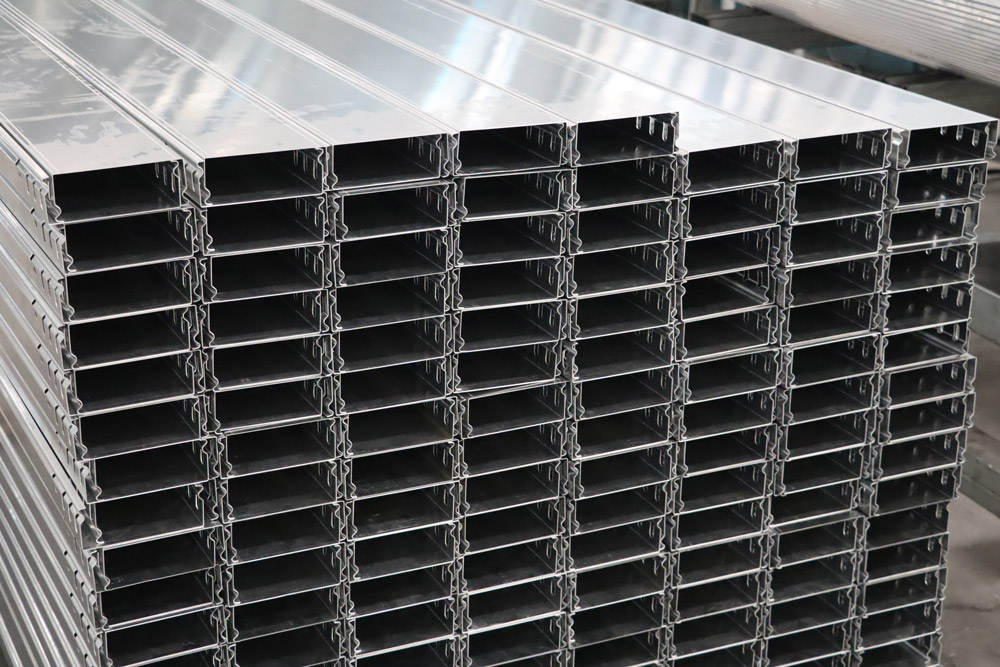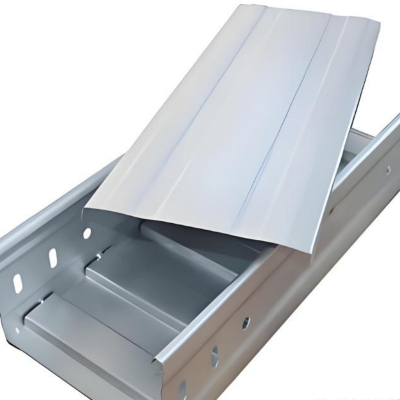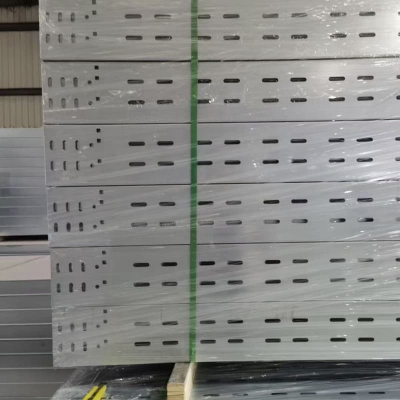What are the commonly used types of cable trays?
The selection of cable tray types and categories, when shielding the cable network from electrical interference or when there is a requirement to protect against external influences (such as corrosive liquids, flammable dust, etc.), the (FB) type trough-type composite anti-corrosion shielded cable tray (with cover) should be selected. The (F) type composite epoxy resin anti-corrosion and flame-retardant cable tray should be used in highly corrosive environments. The same materials should also be used for the brackets and supports to increase the service life of the cable tray and its accessories. In environments where dust is easily accumulated and other environments that need to be covered or outdoor places, it is advisable to add a cover. In addition to the above situations, tray-type, trough-type, ladder-type, glass anti-corrosion and flame-retardant cable trays or steel ordinary cable trays can be selected according to the site environment and technical requirements. In environments where dust is easily accumulated and other environments that need to be covered or outdoor places, it is advisable to add a cover. In public passages or outdoor crossing road sections, the bottom of the bottom step should be added with a pad or a tray should be used in this section. When crossing a public passage with a large span, the load capacity of the cable trays can be increased or a truss can be selected according to user requirements. Cable tray specification selection, the width and height of the composite epoxy resin cable tray should be selected according to the table below, and the cable filling rate should not exceed the specified value of the relevant specifications and standards. The power cable can be 40-50%, and the control cable can be 50-70%. In addition, 10-25% of the engineering development margin should be reserved. Various bends and accessories should meet the project layout conditions and match the cable trays. The selection of support and hanger specifications should be configured according to the cable trays specifications, number of layers, span and other conditions, and should meet the load requirements.
Cable tray selection method:
In our actual life and operation process, we must pay attention to how to select the cable trays? So, what are the steps for correct selection? The editor will talk to you. We must carefully determine the number of cable trays layers, width, support point type, spacing and detailed distribution of cables on each layer of cable trays.
Secondly, calculate the uniformly distributed load of each layer of cable according to the physical engineering formula, so that the model of the cable trays and some related specification parameters can be preliminarily determined. Then, we need to strictly follow the maximum total uniform load value of the cable to further correctly calculate the strength of the cable trays.
The calculation formula is Q = q1 + q2, where: q1 refers to the uniform load of the cable; q2 is the uniform load equivalent to the weight of a person when we consider cable laying or maintenance. According to the above-mentioned preliminary determined cable trays model, specifications and support spacing, after consulting relevant information, repeatedly check the spacing and cable trays model until the load requirements are met. Finally, determine the deflection value. When calculating, use the maximum allowable stress of the steel and ensure that there is enough safety factor. Generally, the ratio of maximum deflection to span is 1/250 ~ 1/150, which is more appropriate.



